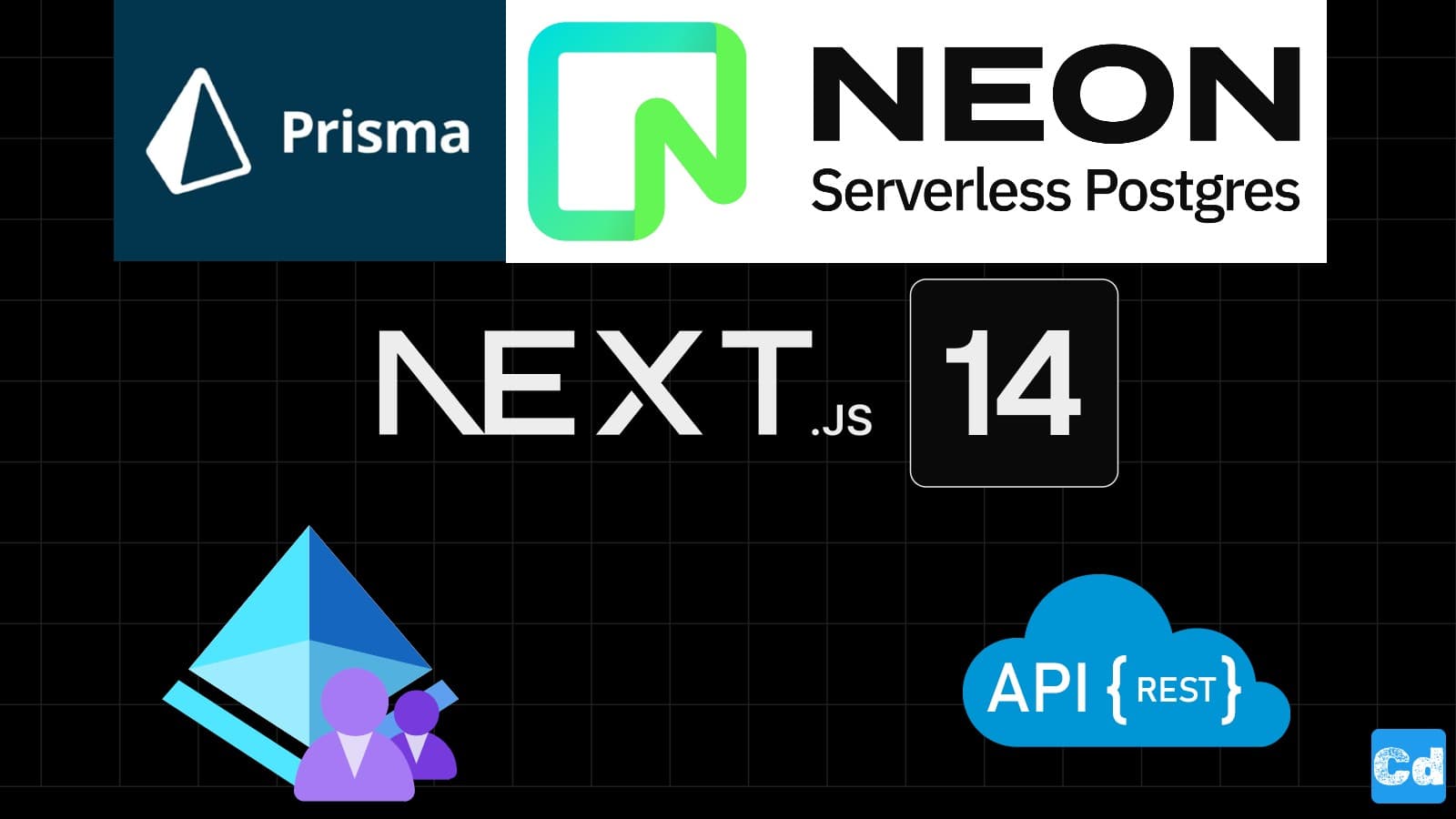Table of Contents
- Prisma NPM Packages
- Model your Prisma Schema for Postegres
- Binary targets in the generator client Section
- Output
- Provider (Datasource)
- Relationmode
- Generation Prisma Client
- Multiple Schema Files
- Connection File Prisma.ts and Prisma_second.ts
- Second Connection File
- Import Connections Files
- Cloudapp-dev, and before you leave us
In my last projects, I needed to establish a DB connection to more than one Postgres DB. Since I was using the ORM Prisma, I had the challenge of managing these multiple connections within the Prisma Context. In this story, I will show you how to do this with some easy steps.
Prisma NPM Packages
The prisma/client and the prisma package are enough.
After performing a default installation you should run this command:
This creates a new directory with a file. You're now ready to model your data and create your database with some tables.Model your Prisma Schema for Postegres
Since I am using the Postgres DB’s from Neon.tech, I copy & paste the Database-Url from my Neon.tech backend to my .env.local.
Now it’s time for the schema file, which you can find under /projectroot/prisma/ called schema.prisma
Binary targets in the generator client Section
Prisma Client JS (prisma-client-js) uses several engines. Engines are implemented in Rust and are used by Prisma Client in the form of executable, platform-dependent engine files. Depending on which platform you are executing your code on, you need the correct file. "Binary targets" are used to define which files should be present for the target platform(s). For example, debian-openssl-1.1.x if you are deploying to Ubuntu 18+, or native if you are working locally.
Output
Defines where the generated Client will be saved on your file system.
Provider (Datasource)
A data source determines how Prisma ORM connects your database, and is represented by the datasource block in the Prisma schema. We are using the data source — provider postgresql
Relationmode
The ability to set the relation mode was introduced as part of the referentialIntegrity preview feature in Prisma ORM version 3.1.1, and is generally available in Prisma ORM versions 4.8.0 and later.
The relationMode field was renamed in Prisma ORM version 4.5.0, and was previously named referentialIntegrity.
For relational databases, the available options are:
foreignKeys: this handles relations in the database with foreign keys. This is the default option for all relational database connectors and is active if no relationMode
is explicitly set in the datasource block.
prisma: this emulates relations in Prisma Client. You should also enable this option
when you use the MySQL connector with a PlanetScale database and don't have native foreign key constraints enabled in your PlanetScale database settings.
Generation Prisma Client
With the command below, you will generate the Prisma Client and save it in the Output directory provided in the schema.prisma file.
Adding the Path to the Schema
Multiple Schema Files
If we add the path to the schema file, we can generate multiple Prisma Clients.
If we create a second “second_schema.prisma” file in the base directory /prisma, we are able to create a second Prisma client to a different DB with this command.
Defining Env variable -> DATABASE_URL_SECOND
Connection File Prisma.ts and Prisma_second.ts
The code below is setting up a singleton instance of the Prisma Client to manage database connections. Let’s break down the purpose of each part:
Importing PrismaClient:
This line imports the PrismaClient class from the Prisma client generated code. The Prisma client is a type-safe database client that allows you to interact with your database.
Creating a Prisma Client Singleton Function:
This function, prismaClientSingleton, is defined to create and return a new instance of PrismaClient.
Defining a Type for the Singleton:
This line defines a TypeScript type, PrismaClientSingleton, based on the return type of the prismaClientSingleton function. This is used to provide type safety.
Setting Up a Global Object to Store the Singleton:
Here, globalForPrisma is a typed version of globalThis to ensure it has a property prisma that is either a PrismaClientSingleton instance or undefined.
Creating or Reusing the Prisma Client Instance:
This line checks if globalForPrisma.prisma it already has an instance of PrismaClient. If it does, it uses that instance; if not, it creates a new one using prismaClientSingleton().
Exporting the Singleton Instance:
This line exports the instance so it can be used throughout the application.Assigning the Instance in Development Mode:
In non-production environments (like development), this line assigns the prisma instance to globalForPrisma.prisma. This ensures that the same Prisma Client instance is reused across module reloads, avoiding the creation of multiple instances, which can lead to database connection issues.
The code is aimed at creating a singleton instance of the Prisma Client to manage database connections efficiently. It ensures that:
Only one instance of PrismaClient is created and used throughout the application.
In development mode, the instance is stored globally to prevent issues with hot-reloading, which can cause multiple instances to be created.
This pattern is commonly used to manage resources like database connections in server-side JavaScript applications, especially when using ORM tools like Prisma.
Second Connection File
It imports the second Prisma client.
Import Connections Files
We are ready to use the files created for the DB connection in our components or API routes.
I hope this story was helpful and that you can now use multiple DB connections with Prisma for the same project.
Cloudapp-dev, and before you leave us
Thank you for reading until the end. Before you go:

